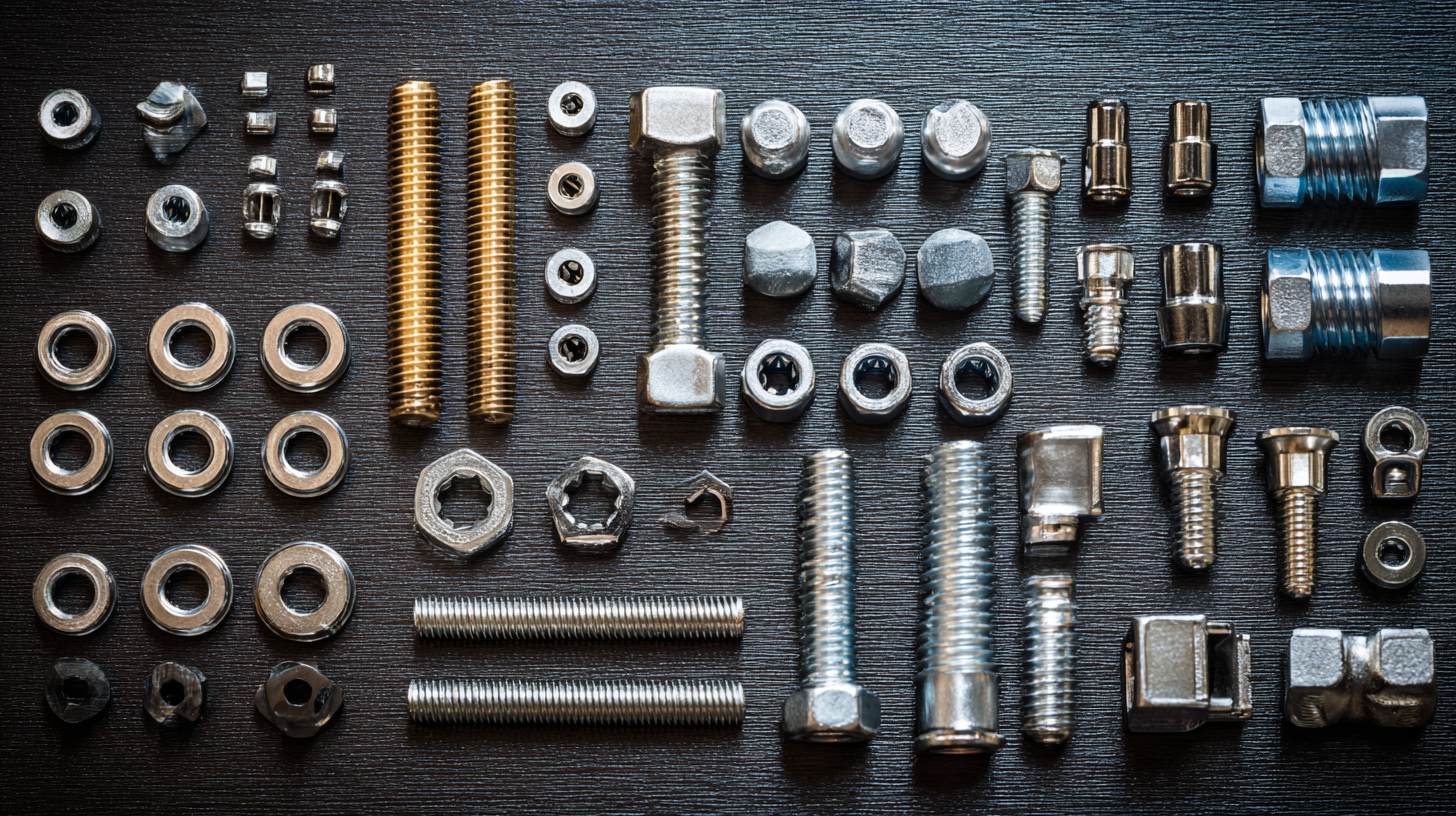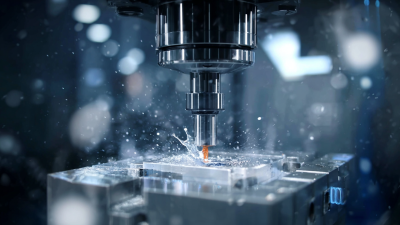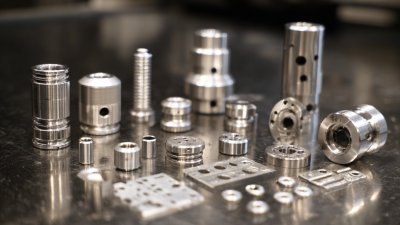In today's rapidly evolving technological landscape, selecting the right hardware parts for your next project is more critical than ever. According to a recent report by Markets and Markets, the global electronics hardware components market is projected to reach $1,000 billion by 2026, driven by advancements in areas such as IoT, automation, and AI. This surge underscores the importance of making informed choices when it comes to hardware parts, as they form the backbone of any successful project. Whether you're building a bespoke computer, developing an IoT device, or designing a robust embedded system, understanding the nuances of various components—such as processors, memory, and connectivity options—can significantly impact system performance, reliability, and longevity. Therefore, this comprehensive guide aims to equip you with the knowledge and tools to navigate the complex landscape of hardware components effectively.

When embarking on a new hardware project, understanding your project requirements and goals is crucial. Begin by clearly defining what you aim to achieve. Are you looking to build a high-performance gaming rig, a low-power home server, or perhaps an IoT device? The specific purpose of your project will guide your decisions on the necessary components. Take into consideration the intended usage, performance expectations, and budget constraints.
Once you’ve established your goals, it's essential to assess the technical specifications that will support them. This means understanding the processing power, memory capacities, and storage solutions that align with your project’s demands. Research various hardware options, considering compatibility, scalability, and future-proofing. Engaging with online communities or forums can also provide valuable insights and recommendations tailored to your specific needs. By systematically analyzing your project requirements and aligning them with suitable hardware options, you can ensure a successful build that meets your objectives.

When embarking on a new project, understanding the key hardware components necessary for your specific application is vital. Whether you are working on a DIY electronics project, a home renovation, or a custom-built computer, identifying the right parts can make all the difference. For instance, in electronics, microcontrollers, sensors, and power supplies are fundamental. Choosing the correct microcontroller will depend on the complexity of tasks you plan to undertake, such as processing speed and input/output capabilities. Additionally, sensors like temperature or motion detectors can enhance functionality, and selecting the right power supply ensures that your project operates reliably.
In the realm of computing, hardware components such as the CPU, GPU, and RAM play crucial roles in determining performance. When selecting a CPU, consider the number of cores and clock speed according to your processing requirements. Meanwhile, gaming or graphic-intensive applications will demand a higher-end GPU. For general use, adequate RAM is essential to ensure your system runs smoothly; typically, 8GB is a benchmark for most users, while gaming setups might require 16GB or more. Identifying these critical components tailored to your project's needs not only optimizes performance but also enhances the overall user experience.
When selecting hardware parts for your next project, evaluating compatibility and performance is crucial. Compatibility involves ensuring that the components can work together seamlessly within your system. This requires checking specifications such as interface types, power requirements, and form factors. For instance, if you’re upgrading your computer, understanding how different parts like the motherboard, CPU, and RAM interact is essential to avoid bottlenecks that could impede system performance.
In addition to compatibility, performance analysis is vital for selecting the right hardware. Utilizing benchmarking software can provide insights into the speed and efficiency of various components. This evaluation helps in identifying which parts will best meet your project’s needs. Tools available in the market allow users to test their systems thoroughly, assessing everything from processing power to thermal performance. With an increasing focus on technologies such as virtual reality and collaborative design, assessing hardware capabilities ensures that you invest in parts that will not only function optimally but also enhance the overall user experience, particularly in demanding applications.

When selecting hardware parts for your next project, understanding the budgeting and cost considerations is crucial. Recent studies indicate that in mobile app development, costs can vary significantly based on the complexity of features designed. For instance, a basic application may incur costs around $10,000 to $50,000, while a more complex solution with advanced functionalities can escalate to over $150,000. This stark variation underscores the importance of thoroughly analyzing your project’s requirements before making financial commitments.
In the world of home networking, investing in a high-quality WiFi router also requires an understanding of your budgetary constraints. Models that support the latest WiFi 6E and 7 technologies have been tested and shown to range from $100 to $300 depending on speed and reliability. Choosing a router that aligns with your gaming or productivity needs while considering long-term service costs will yield a better return on investment. Additionally, data from the Machine Learning Model Training Cost Statistics 2025 reveals that as machine learning technology becomes more critical, the associated costs for training models have steadily risen, leading industry leaders to reassess their technology spending strategies to stay competitive in this evolving landscape.
When embarking on a hardware project, sourcing quality components can significantly impact the final outcome. According to a recent industry report by IBISWorld, the U.S. hardware stores market is projected to grow at an annual rate of 2.2%, indicating a steady demand for quality supplies. First, it's essential to identify reliable suppliers that can provide the specific parts you need. Look for stores that offer a comprehensive selection and specialize in the hardware type required for your project, be it electronics, construction, or automotive.
When evaluating suppliers, consider their reputation and customer reviews. A survey by Statista found that 78% of consumers trust online reviews as much as personal recommendations. Additionally, prioritize suppliers that provide detailed specifications and warranties on their products. High-quality hardware can be determined by certifications such as ISO, which ensures standards in manufacturing processes. In 2022, a report by the National Institute of Standards and Technology (NIST) revealed that using certified components can reduce failures by up to 30%. By choosing the right suppliers and ensuring quality, you not only optimize project performance but also enhance longevity and reliability.






